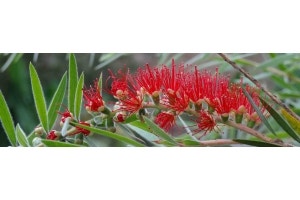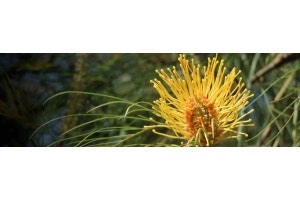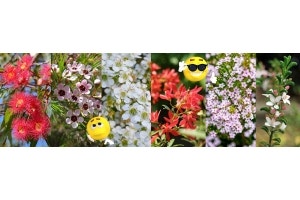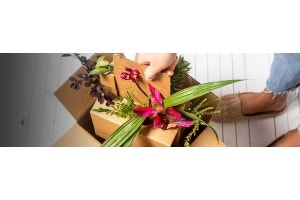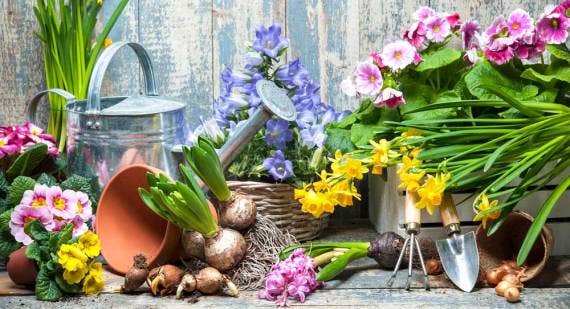
We’re still sunbaking in the heat of autumn, and we need to start thinking about spring? Yes!
A little easy planting in autumn, and you can enjoy a bright fragrant garden from the tail end of winter to the start of next summer, for years to come.
Bulbs are such rewarding plants to grow - they are child’s play to plant, happy growing in gardens or pots, and can slip into the tiniest spaces to provide a burst of colour.
They're also often ideal for the Aussie climate. Many come from central Europe and north Africa where they bake in summer and freeze in winter; perfect for outback and highland gardens. Others originate in southern Africa where the climate is very similar to the coast here.
We’ve even got autumn crocus, hyacinth and paperwhites, that will sprout and flower in a dish of water or vase on the kitchen windowsill. You can watch them grow!
We’ve put together a varied range of spring-flowering bulbs for a range of climates, from cold to subtropical. All are super-easy to grow, and often will multiply year after year to give you continuous no-fuss colour.
Here's our top ten tips for successful bulb planting
1. Choose a spot which gets sun at least part of the day.
Spring bulbs are perfect for planting under deciduous trees (those that lose their leaves in winter) – they’ll get winter sunlight through the branches, and be shaded from summer heat.
2. Tulips, crocus, and hyacinth need a cold spell to trigger flowering
If you don’t get winter frosts, you can pop your bulbs into the crisper drawer of the fridge for six weeks before planting out. You'll need to treat those bulbs as annual plants if you do this.
3. Most bulb flowers need well-drained soil to thrive
– in Holland they grow them in pure sand! Add grit or gravel to your planting holes if your soil is heavy, or plant up into containers.They'll need to be kept dry and frost-free during their summer rest (dormancy) for best flowering next spring
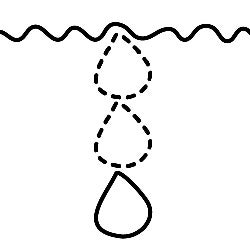
4. Plant your bulbs at least twice the bulb’s depth
Up to three times deep in warmer climates for cooler soil. If your bulbs in the past haven’t always flowered, it’s usually because they weren’t planted deep enough.
5. March and April is the perfect time to plant spring-flowering bulbs
Especially after autumn rains when the soil is still warm, and the rain makes it soft enough to make planting easier. You can plant up to mid-May in QLD and coastal NSW. If you're planting tulips, crocus and hyacinth try to plant when temperatures are in the mid-teens if you can.

6. The latest way to plant bulbs is called a “lasagne”
Larger bulbs - tulips, daffodils - are planted at the deepest level and covered with a thin layer of compost. Medium sized bulbs go at the middle level, and small bulbs - crocus, babiana, anemone - at the shallowest level. The plants will grow up between each other and create a full dense display of flowers in a small area.

7. Planting bulbs into your garden beds?
Mark the spot with a sign or stick or stone, so that when the plants die down completely, you won’t dig them up by mistake. Some wire mesh over the bulb at planting will help deter digging animals.
8. Planting into grass?
If you want a wild meadow effect, grab a large handful of bulbs, throw them gently onto the lawn, and then dig the holes where they fall. This will give you the most natural look.
9. Leave the leaves!
Let the old foliage die back completely, to feed the bulbs for next year’s flowers. But snip any dead flowerheads off so the plant doesn’t waste energy making seedheads.
10. Spring bulbs make excellent potted plants indoors and out
Plant them into pots, move them into prime positions while they are in flower, and tuck them out of sight somewhere dry to die down through summer.






















